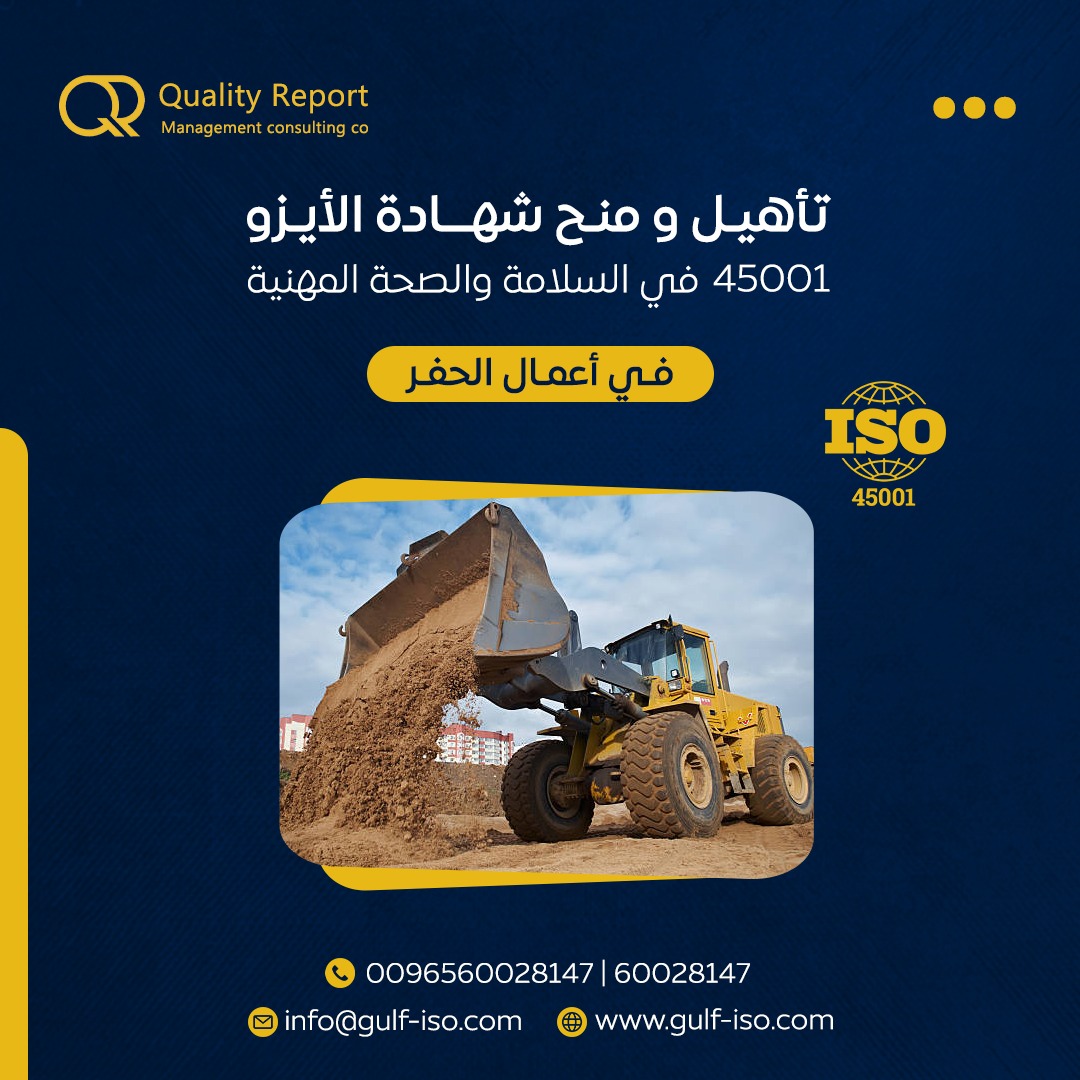**Understanding ISO 9001 Certification**
ISO 9001 is an internationally recognized quality management system standard formulated by the International Organization for Standardization (ISO). It is designed to help organizations ensure they meet customer and other stakeholder needs within statutory and regulatory requirements related to the product or service they offer.
The scope of ISO 9001 is vast and not confined to any particular industry. It applies to any organization, regardless of its size or the nature of its business. This standard is based on several quality management principles, including a strong customer focus, involvement of top management, a process-oriented approach, and a drive for continual improvement.
**Benefits of ISO 9001 Certification**
The ISO 9001 certification can bring numerous advantages to an organization:
- **Customer Satisfaction**: The certification ensures you meet customer requirements, thus improving their satisfaction and increasing repeat business.
- **Business Efficiency**: By following ISO standards, your organization can optimize operations, reduce errors, and increase productivity.
- **Competitive Advantage**: ISO 9001 certification can give your organization a significant advantage in the marketplace, helping to attract new customers and business partners.
- **Risk Management**: With its emphasis on early identification and mitigation of risks, ISO 9001 certification can help your organization foresee and address potential pitfalls.
- **Legal Compliance**: The certification helps ensure your organization stays compliant with all the latest laws and regulations related to your industry.
**Steps to Obtain ISO 9001 Certification in Saudi Arabia**
Acquiring the ISO 9001 certification is a meticulous process that involves several stages:
**1. Understand the Standard**: This initial step involves gaining a comprehensive understanding of the ISO 9001:2015 standard. Resources are available that provide detailed insights into the Quality Management Principles, process approach, and risk-based thinking essential to ISO 9001.
**2. Gap Analysis**: This involves assessing your current systems and processes to identify where changes need to be made to align with the ISO 9001 standard. The gap analysis is typically performed by an experienced consultant or a certification body.
**3. Implementation**: Once you’ve identified the gaps in your system, the next step is to establish the processes required by the standard and ensure they are effective. This involves educating and training staff, setting objectives, collecting and analyzing data, and documenting processes.
**4. Internal Audit**: An internal audit is essential to verify that the processes implemented align with both the ISO 9001 standard and the requirements of the organization. This step prepares your organization for the external certification audit.
**5. Management Review**: The management review meeting examines the readiness of the system for the certification audit and reinforces the commitment to the continual improvement requirement of the standard.
**6. Certification Audit**: This is the final step where a certification body conducts an external audit. If your organization passes this audit, you will receive the ISO 9001 certification.
Earning an ISO 9001 certification is a significant achievement that validates an organization’s commitment to quality and continuous improvement. However, it’s essential to remember that the process demands substantial time, effort, resources, and commitment at all organizational levels. Engaging competent consultants and auditors and ensuring meticulous planning can pave the way for a successful outcome.
For more detailed guidance on the ISO 9001 certification process in Saudi Arabia, visitthis website
(https://gulf-iso.com/how-to-get-iso-9001-certification-in-kuwait/).
It offers a wealth of resources and information on the process, how to prepare for the audit, and how to maintain your ISO 9001 certification.


